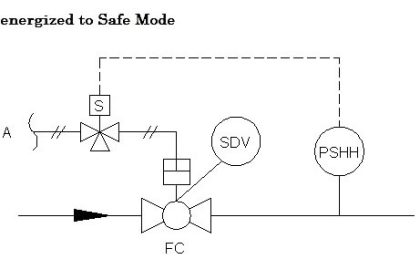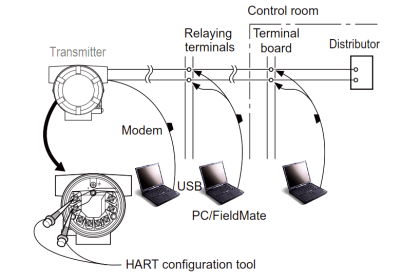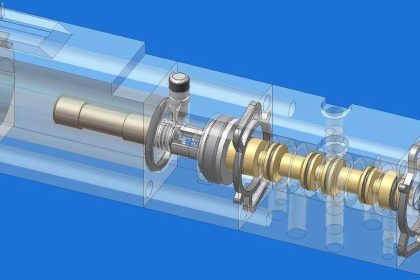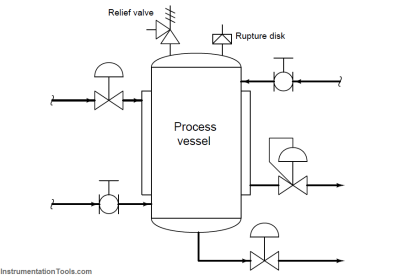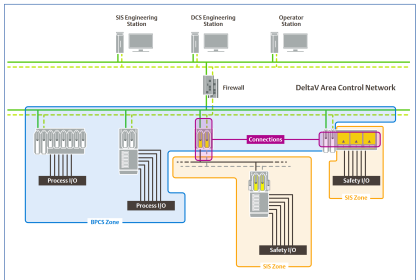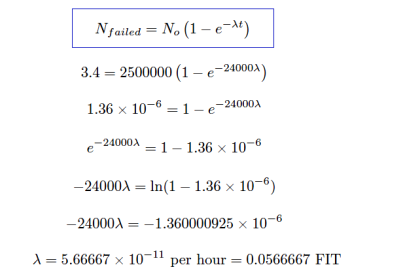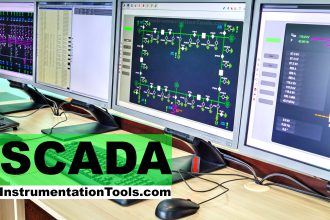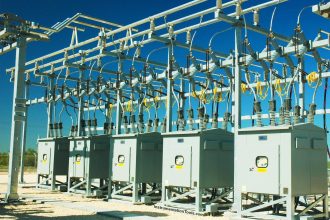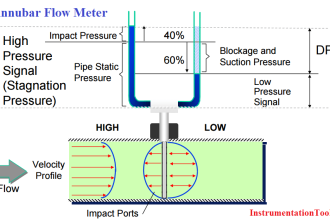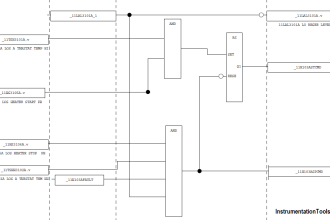In Safety Instrumented System (SIS), Solenoid valves (SOV) which are used to Open / Close the Automated On / Off valves and Emergency Block valves play a critical role. These solenoid valves need to be designed and operated with care.
What is a Solenoid Valve used for?
Solenoid valves are the most frequently used control elements in process plants. They are commonly used to shut off, release, dose, distribute or mix any liquids/gases.
For that reason, solenoid valves are found in many application areas with different kinds of requirements.
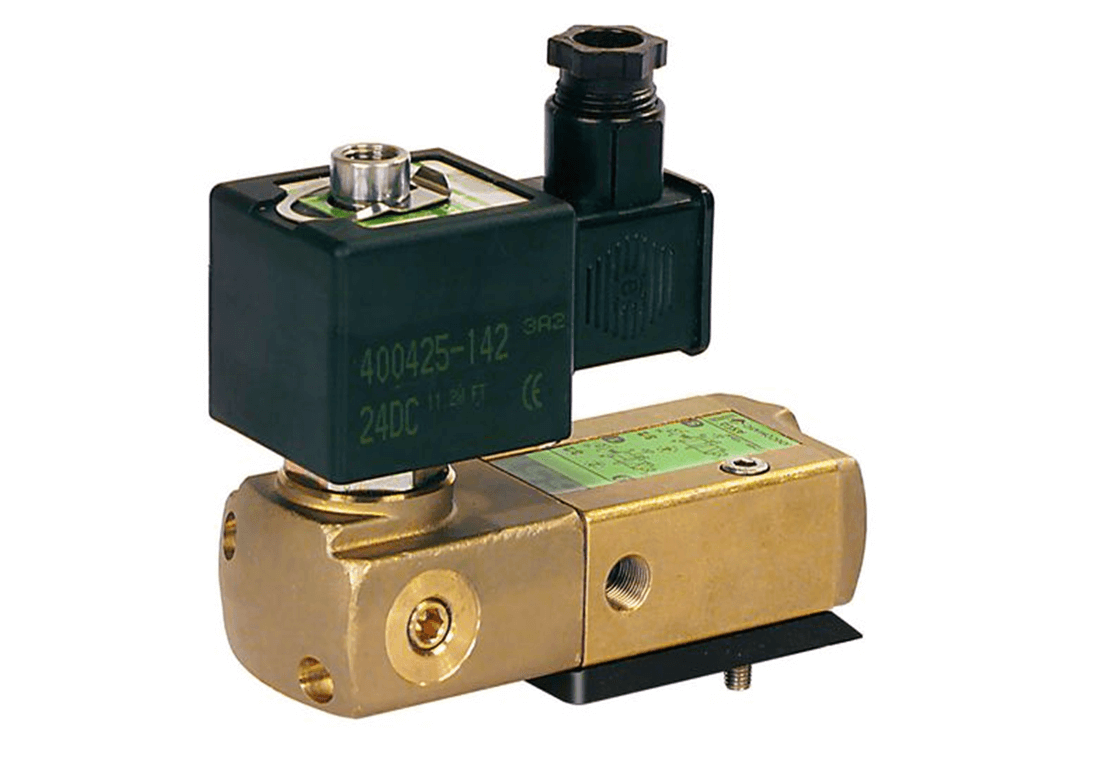
SIS SOV Requirements in Detail
- Solenoid valves are among the most common components of safety systems. Solenoid valves are commonly used to vent the instrument air of a valve actuator to move the associated valve to a safe state.
- SIS valves are three typical solenoid signals and motive forces (Electrical, Pneumatic, and Hydraulic).
- SIS solenoids typically move a valve to a safe state by venting pressure when a de-energize-to-trip (DTT) circuit is used, or by applying pressure when an energize-to-trip (ETT) circuit is used.
- The most common SIS solenoids are the three-port, dual-action (3/2), normally closed (NC) variety used in DTT circuit’s vents air and move valve to the desired safety action.
- The latest Solenoid valves come with Communication features using Smart technology.
Solenoid Valve Construction Style
The three general types of solenoid valves are as follows
- Plunger or poppet style, the plunger is directly moved using an electromagnetic solenoid to control the air flow through the solenoid.
- Diaphragm type to control the air flow through the solenoid.
- Cylindrical spool type with ports moves to control the air flow through the solenoid.
The electrically actuated solenoid is the most commonly fitted with pneumatically operated valves.
Solenoid Valve Safety/Risk Calculation
When used as a component in a safety system, the probability of failure on demand average (PFDavg) and spurious trip rate (STR) of a solenoid assembly are key design parameters.
The simplified equation versions of the low-demand PFDavg equations for common solenoid arrangements, which show the significant contributors to PFDavg and STR for solenoids, are given as
For (1oo1), PFDavg = λDU x Ti/2
Spurious trip rate (STR) = λSU
λDU = Dangerous Undetected failure rate
λSU = Safe Undetected failure rate
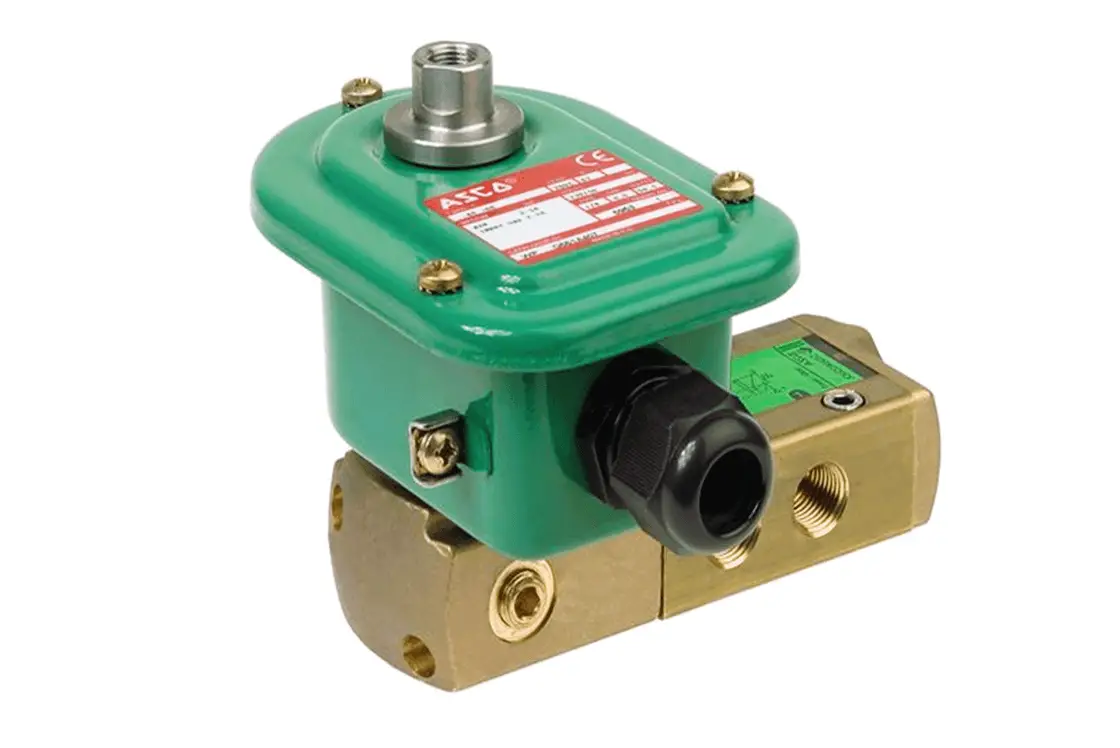
SIS Solenoid Valve Safety Considerations
- Solenoid’s upper and lower ambient temperature specification,
- Solenoid exhaust rate capacity (which affects valve response time),
- Area classification – Use bug screen in dusty areas,
- Working power in wattage – Low power SOVs are preferred to be used in SIS,
Generally operate with 24V DC, and 120V AC.
- Materials of construction,
- Failure rates and useful life.
Solenoid Valve Useful Life
Useful life is a key parameter for any device. Emerson’s (Asco) manual on solenoids in SIS lists solenoid useful life as 3 to 10 years.
As per Failure Mode Effect and Diagnostic Analysis (FMEDA) for solenoids gives the useful life for a solenoid is 30,000 hours for the coil and 10 years for the solenoid valve assembly
Methods to Improve Solenoid Valve Life
- A well-designed solenoid system can extend the useful life of the solenoid and provide long-term reliable service. FMEDA useful life predictions are typically based on having clean air and an ambient temperature of 40 ºC (101 ºF).
- Solenoid installation must meet the area classification (typically NEMA 4 as a minimum);
- It is preferable to consider surge protection on larger solenoids.
- Redundancy is also a design consideration, and the common redundancy schemes are 1oo2, 2oo2, and 2oo3. In hydraulic systems, 2oo4 redundancy schemes are sometimes used.
- The 2oo2D (for diagnostic)/1oo1HS (for hot standby), 2oo2, 1oo2, and 2oo3 solenoid redundancy schemes are available with testing arrangements as well.
Emerson ASCO Solenoid Valve References
ASCO Series 316 solenoid valves

ASCO series 551 Solenoid valves
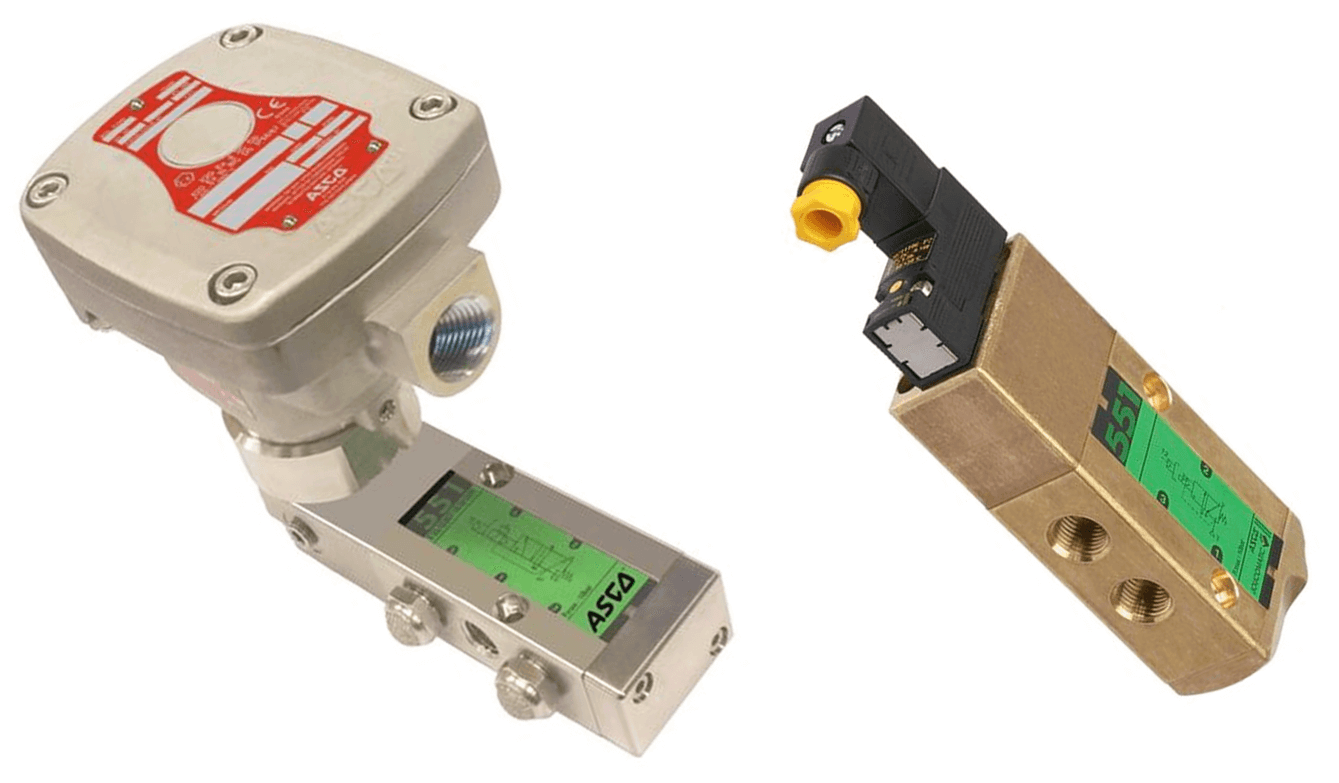
SOV Valves Improving Plant Reliability
For improving reliability SIS valves that are integrated with solenoid technology shall be designed to reduce thermal degradation
SOV pilot valve systems to be constructed with built-in redundancy to eliminate single points of failure.
Redundant coil SOVs improve valve availability and allow online maintenance and automated testing to prevent spurious trips that cause process interruptions.
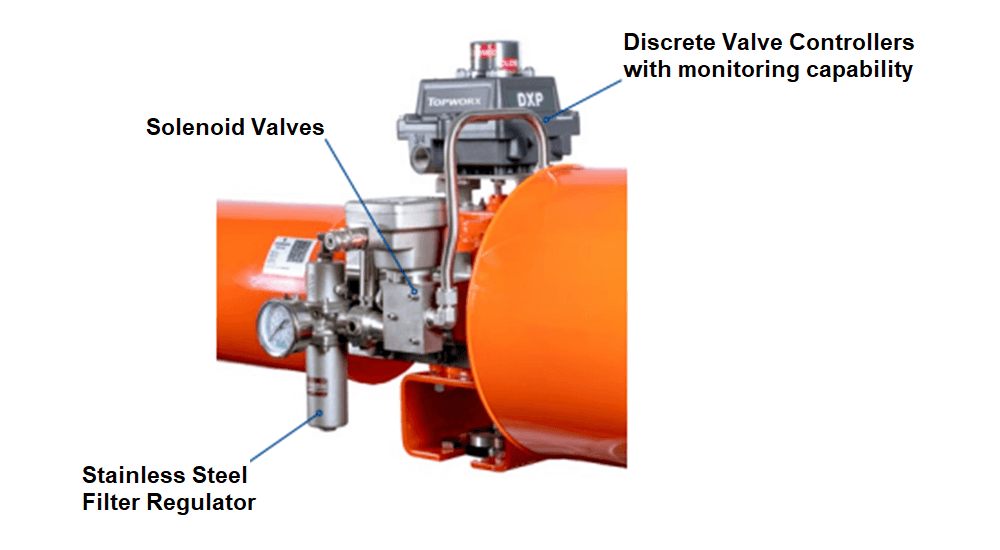
Solenoid Valve Failure Details
Below are possible failures of Solenoid valves, proper care is to be taken to overcome this.
- Pilot exhaust leaking/failure
- Pilot supply air dirty
- Coil short/failure
- Air quality problems
- Instrument air leak
- Mechanical spring broken
Conclusion
SIS solenoid valves must be carefully chosen taking into consideration several factors described above to have trouble-free plant operations.
If you liked this article, then please subscribe to our YouTube Channel for Electrical, Electronics, Instrumentation, PLC, and SCADA video tutorials.
You can also follow us on Facebook and Twitter to receive daily updates.
Read Next:
- Solenoid Valve Sizing
- SIS Safety Requirements
- AC and DC Solenoid Valves
- Testing of Solenoid Valves
- SIS Failures and Reliability

